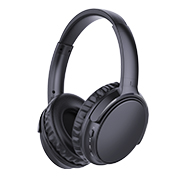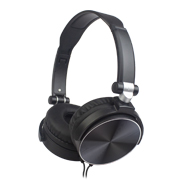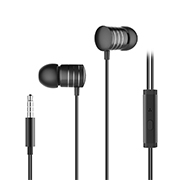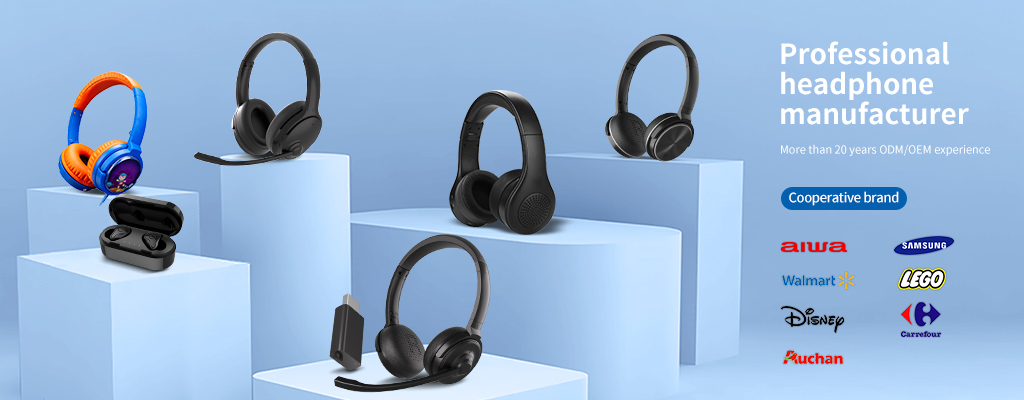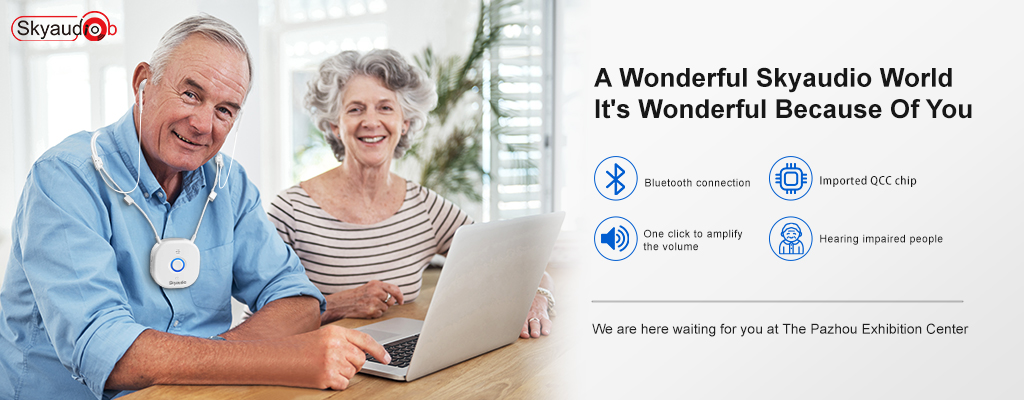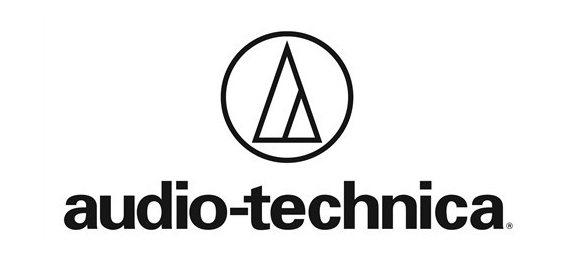
- factory address
D Building,Pioneer Park,3rd Industrial Zone Fenghuang Village, Fuyong Town,Baoan DistrictShenzhen,Guangdong,China
Headphones and human health and safety
Dangers and risks
Wearing headphones at a sufficient enough volume level might result in temporary or permanent hearing loss or deafness. Headphone loudness frequently has to fight with background noise, especially in noisy environments such as subway stations, airplanes, and huge crowds. Long-term exposure to high sound pressure levels produced by headphones at high volume settings may be harmful to hearing. In middle and high-income countries, nearly half of teenagers and young people (12-35 years old) listen to dangerous levels of sound on their audio devices and cell phones. However, one hearing expert found in 2012 (before the worldwide adoption of smartphones as the main personal listening devices) that "fewer than 5% of users select volume levels and listen frequently enough to risk hearing loss."
The usual way of limiting sound volume on devices driving headphones is by limiting output power. This has the additional undesirable effect of being dependent on the efficiency of the headphones; a device producing the maximum allowed power may not produce adequate volume when paired with low-efficiency, high-impedance equipment, while the same amount of power can reach dangerous levels with very efficient earphones.
Some studies have found that people are more likely to raise volumes to unsafe levels while performing strenuous exercise. A Finnish study recommended that exercisers should set their headphone volumes to half of their normal loudness and only use them for half an hour.
Other than hearing risk, there is a general danger that listening to loud music in headphones can distract the listener and lead to injury and accidents. Noise-canceling headphones add extra risk. Several countries and states have made it illegal to wear headphones while driving or cycling.
Occupational health and safety
Hearing impairment from headphones is also a problem for workers who must wear electronic or communication headsets as part of their everyday employment (e.g., pilots, call center and dispatch operators, sound engineers, firefighters, and so on), and the duration of exposure determines the risk. Sound exposure should not exceed 85 dB(A) as a time-weighted average for an 8-hour workday, according to the National Institute for Occupational Safety and Health (NIOSH). The 3-dB exchange rate, also known as the "time-intensity tradeoff," is used by NIOSH, which states that if the sound exposure level is increased by 3 decibels, the length of exposure should be lowered in half. NIOSH published several documents targeted at protecting the hearing of workers who must wear communication headsets, such as call center operators, firefighters, musicians, and sound engineers.


